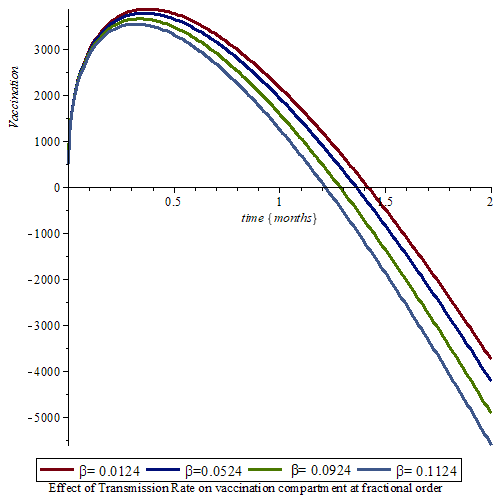The analysis of a novel COVID-19 model with the fractional-order incorporating the impact of the vaccination campaign in Nigeria via the Laplace-Adomian Decomposition Method
Keywords:
Caputo fractional derivative, COVID-19 disease, Laplace-Adomian decomposition method, Vaccination rateAbstract
This study underscores the crucial role of COVID-19 vaccinations in managing the pandemic, with a specific focus on Nigeria. Employing a fractional-order mathematical modeling approach, the research assesses vaccination efficacy, minimum effectiveness, and duration. The model’s numerical solution is derived through the Laplace Adomian Decomposition Method (LADM), utilizing rapidly converging infinite series. Simulation results illustrate the impact of COVID-19 transmission and vaccination rates. The study concludes that implementing a vaccination strategy in an integer order proves to be the most effective approach to controlling the spread of COVID-19. These findings have significant implications for researchers, policymakers, and healthcare workers. They emphasize the central role of fractional calculus in facilitating vaccine implementation in the ongoing battle against COVID-19. The study calls for global efforts to maximize vaccination implementation for the overall benefit of public health.

Published
How to Cite
Issue
Section
Copyright (c) 2024 Akeem Olarewaju Yunus, Morufu Oyedunsi Olayiwola

This work is licensed under a Creative Commons Attribution 4.0 International License.







